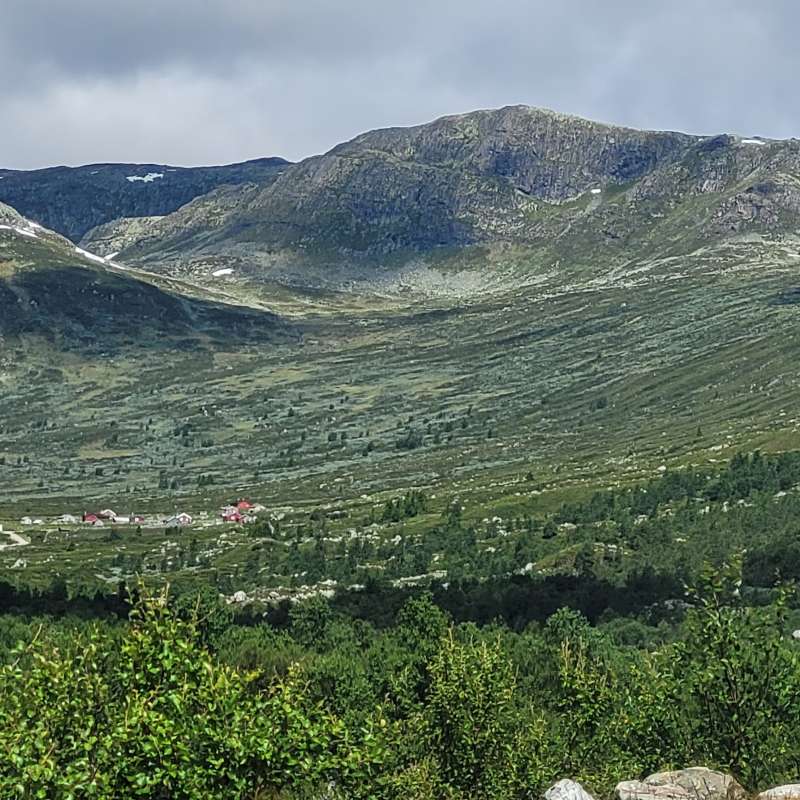Bolette Bele
Research Scientist
(+47) 911 95 359
bolette.bele@nibio.no
Place
Trondheim
Visiting address
Klæbuveien 153, bygg C 1.etasje, 7031 Trondheim
Biography
I am a vegetation ecologist with a doctoral degree from the Norwegian University of Life Sciences (NMBU). My research focuses on nature-culture interactions in the agricultural landscape, including intangible cultural heritage. I focus on the value of traditional ecological knowledge for the maintenance of red-listed biodiversity and habitats, and on local food production and “terroir” effects. In addition to ecological/botanical methods, I use qualitative and ethnographic methods.
Authors
Bolette BeleAbstract
This thesis aims to document, discuss, and get a deeper understanding of how heritage values and natural resources in the summer farming landscape interact and can be maintained for the future. The integrated relationship between food production, landscape, biodiversity, and traditional ecological knowledge has been the focus. Through a mixed method approach and by using qualitative and quantitative data in eight papers (Paper I-VIII), the study contributes to a collection of topics essential for a more integrated understanding of the traditional land use system and products and services provided to society. NO: Hovedformålet med denne avhandlingen har vært å dokumentere, diskutere, og øke forståelsen for samspillet mellom kulturarven og naturressursene i det norske seterlandskapet, og hvordan de kan ivaretas for framtida. Det har blitt satt et spesielt fokus på sammenhengene mellom matproduksjonen, landskapet, biodiversiteten, og den tradisjonelle økologiske kunnskapen. Ved hjelp av kvalitative og kvantitative data og metoder har åtte artikler (Paper I-VIII) gitt resultater som til sammen skaper en mer integrert forståelse av det norske seterlandskapet og de produkter og tjenester som seterbruket bidrar med til samfunnet.
Abstract
No abstract has been registered
Abstract
No abstract has been registered

